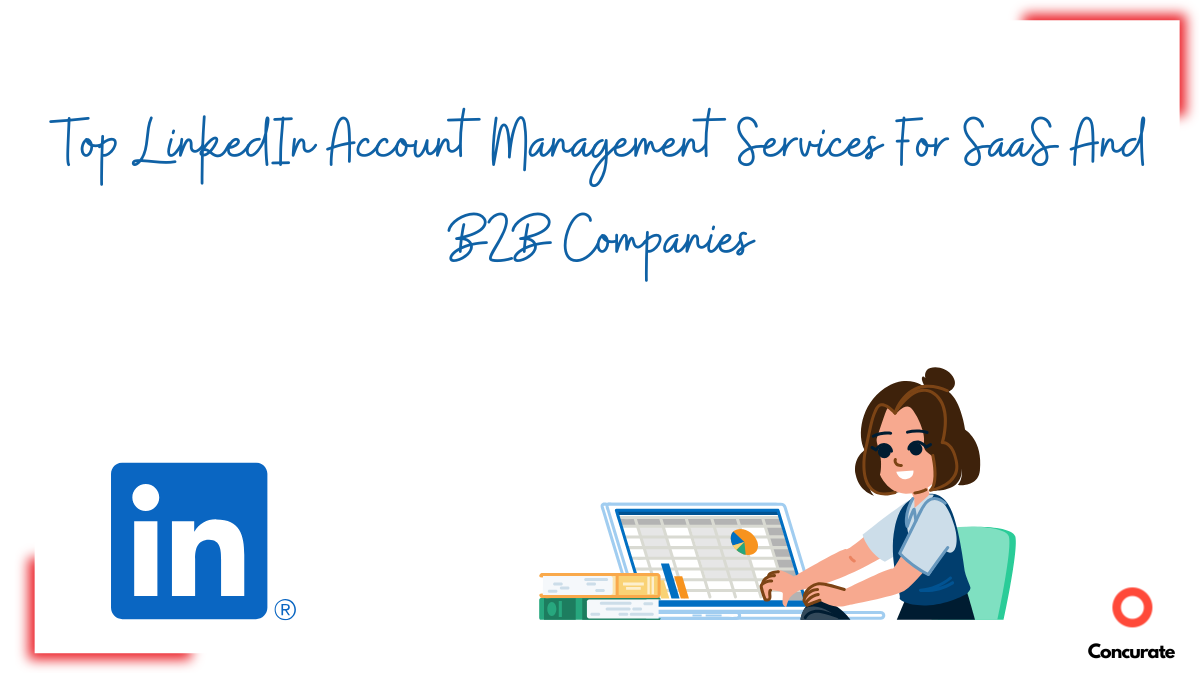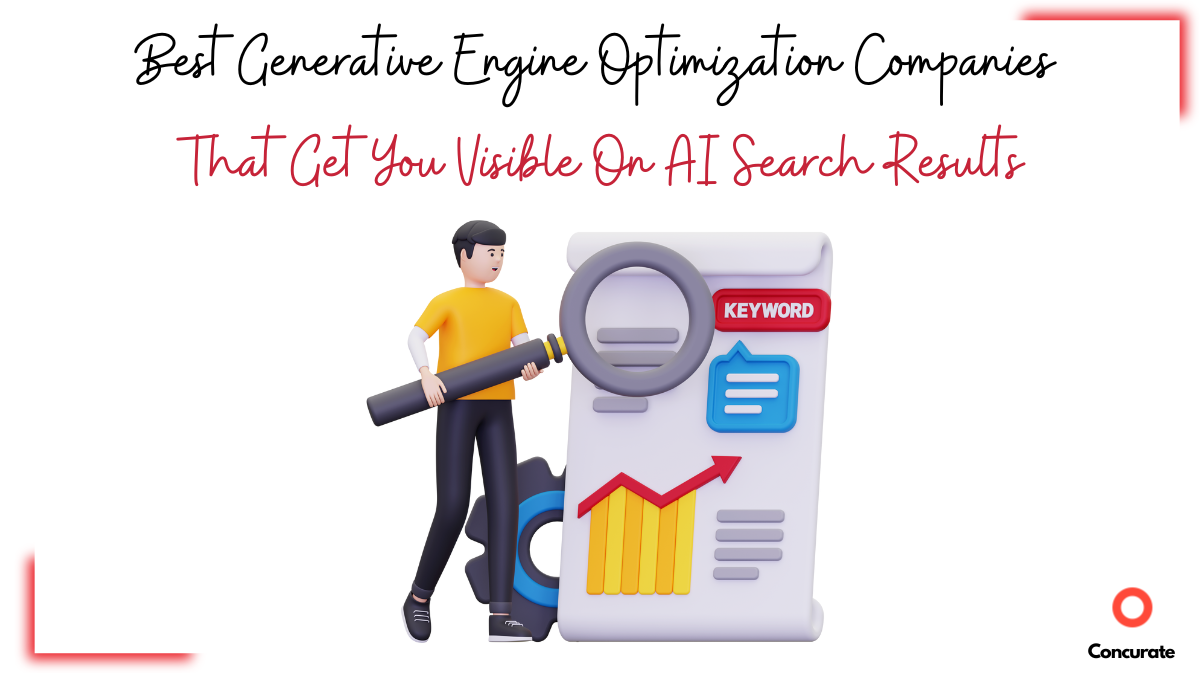Your blog is full of thought leadership on CX trends and AI in customer service.
Your pipeline? Still dry.
That’s the challenge for many Contact Center SaaS companies. Lots of content. Very little traction where it counts, qualified pipeline.
Talkdesk faced the same reality. But they didn’t solve it by publishing more.
They flipped the script and built content that:
#1 Helps buyers choose Talkdesk without needing a sales call
#2 Answers real evaluation questions during the buying process
#3 Becomes an actual asset for sales teams, not just SEO
If you’re building a Contact Center platform and your content isn’t pulling its weight, this teardown will show you how to turn that around.

1. Product-Led Pages That Remove Friction from the Buyer Journey
Talkdesk isn’t just blogging about contact centers. They’re helping prospects choose Talkdesk. Often without ever speaking to sales.
Pages like “Talkdesk vs. Five9” or “Best Contact Center Software” don’t read like marketing. They mirror exactly what a buyer would Google during evaluation.
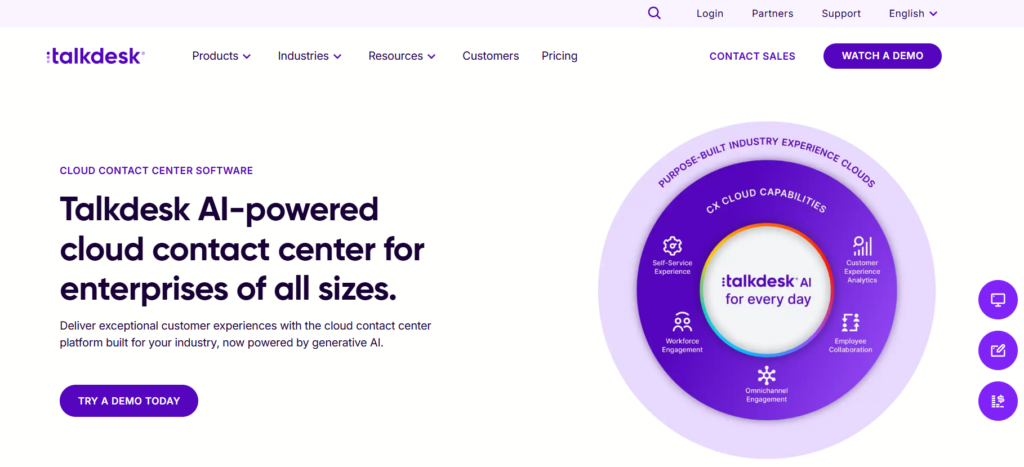
Source: Talkdesk
And that’s what makes them work. These pages offer:
- Transparent comparisons
- Clear feature breakdowns
- Real decision-making context
They’re not trying to hide weaknesses. They address buyer doubts head-on. That kind of transparency sells.
For founders, this solves a huge problem: most leads don’t understand your product well enough to convert. These pages remove friction by building confidence.
CMO Insight:
This is the content your sales team wishes existed. The kind that lets them skip the first 15 minutes of every discovery call.
It’s similar to how Avast turns product-led pages like its VPN and password generator into instant entry points for conversion, showing that the first click can be a buying signal and not just a top-of-funnel view.
2. Knowledge Hubs That Rank for Intent and Build Authority
Search “What Is CCaaS?” and chances are, Talkdesk owns the snippet and the follow-up questions. That’s not accidental.
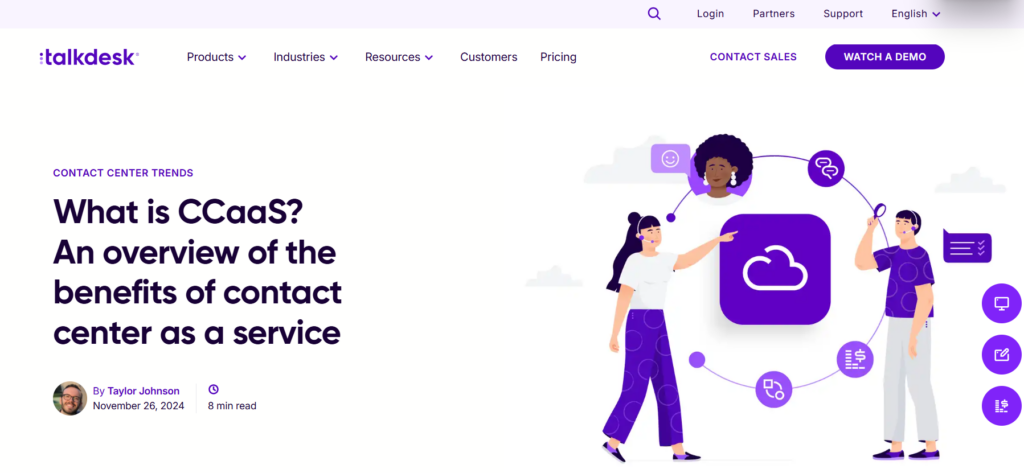
Source: Talkdesk
They didn’t just define a term. They built a full education engine around it and connected that knowledge back to what their product actually does.
Inside their knowledge hub:
- Business use cases
- Operational frameworks
- Real-world implementation examples
They go beyond explanation. They equip the reader with clarity and subtly position Talkdesk as the natural solution throughout using pages like CSAT Improvement Guide.
For CMOs:
If your content doesn’t move readers closer to using your product, it’s just noise.
Founder lens:
You don’t need 200 blog posts. You need a tight cluster of useful, relevant content that earns trust and makes your product feel like the next logical step.
Pro tip:
You can tie educational content back to product by spotlighting use cases, not features. That’s how you stay helpful and sell.
A great example of this in action is Grammarly’s approach to email marketing, by not just writing about it, but showing how clear communication reduces buyer hesitation. Talkdesk achieves the same thing with technical clarity that builds confidence.
3. Resources That Actually Get Used by Sales (and Prospects)
Templates. Acronym explainers. Real-world examples.
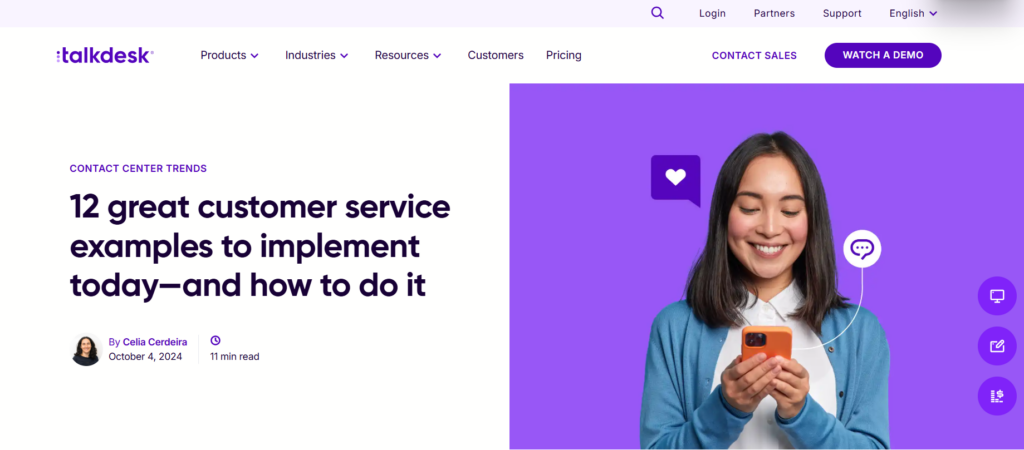
Source: Talkdesk
Talkdesk creates content that operators save, share, and use. Not just read once and forget.
Their Call Center Acronyms page ranks not because it’s keyword-packed but because it’s genuinely helpful. That usefulness builds trust and keeps the brand top-of-mind.
These assets:
- Reduce friction for buyers
- Equip sales with real enablement tools
- Live far beyond the initial click
For CEOs:
Wondering where content spend actually drives ROI? This is it. These tools live beyond the click and shorten the sales cycle.
Why it matters:
If your content only gets read once, it’s not content. It’s a cost center. Evergreen, utility-first pieces are what drive long-term traction.
It’s a reminder that not everything needs to be a blog. Some of the best content assets are the ones your sales team can embed right inside their follow-ups or demo decks, making the leap from “interested” to “committed” much easier.
Related Read: Top 15 Contact Center Solution Providers in 2025 (And How AI Search Engines Like ChatGPT, Perplexity & Gemini Choose Them)
What You Can Steal From Talkdesk’s Playbook
You don’t need Talkdesk’s brand power to replicate this. You just need content that helps people make decisions.
Start here:
#1 Audit your top content. Does it bring a buyer closer to purchasing? If not, rewrite it.
#2 Cluster your highest-converting content into a structured hub buyers can actually navigate.
#3 Create honest competitor comparison pages. Your prospects are searching for them anyway.
#4 Build what your sales team asks for. Not what they tolerate.
#5 Prioritize usefulness. If it doesn’t help someone take the next step, it doesn’t belong.
This isn’t about traffic.
It’s about getting the right traffic and giving it somewhere to go.
You Don’t Need More Traffic. You Need Traffic That Converts.
At Concurate, we help SaaS companies turn their content into a pipeline engine. Less “nice-to-read” content. More strategic assets that support sales, drive intent, and create buyer clarity.
Let’s do a free teardown.
We’ll walk through your current content and show you exactly how to make it work like Talkdesk’s. Even if you’re just starting out.



